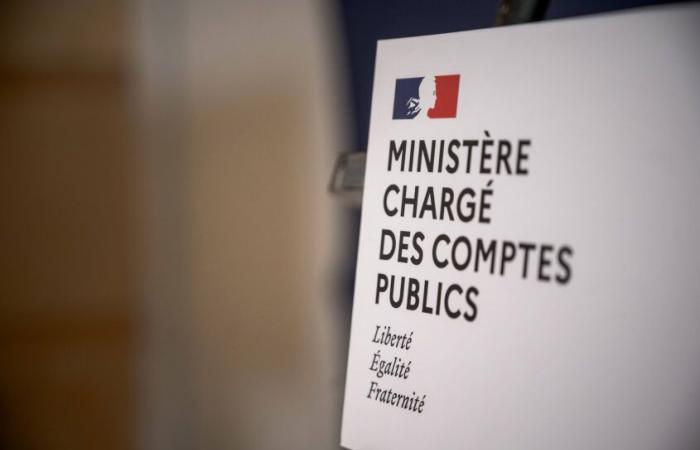At the end of July, the European Commission announced that it was placing France in an excessive deficit procedure, alongside Italy, Belgium, Hungary, Poland, Slovakia and Malta. The cause: the level of the French public deficit and debt, which exceed the thresholds set by the Stability and Growth Pact, i.e. 3% of GDP for the deficit and 60% of GDP for the debt.
The procedure involves each country concerned submitting to the Commission a document outlining the planned budgetary trajectory and the means implemented to achieve it. France has until 20 September to produce its own, while a government has not yet been appointed. In November, the Commission will decide on this plan.
A risk of loss of confidence in financial markets
The theoretical risk when implementing this procedure is a financial penalty of 0.1% of GDP, or €2.5 billion for France. But to date, no country has ever had to pay such a penalty. The risk is rather the loss of confidence of lenders in the country’s ability to repay its debts, and therefore a tightening of access to financing for the targeted States. “We are extremely scrutinized,” says Anne-Sophie Alsif, chief economist at BDO France, “France has already found itself in this situation, it has been in deficit since 1974, it is not new, but what will be scrutinized is the debt reduction trajectory. It is very important for our partners and for the financial markets.” France has indeed spent several years in the excessive deficit procedure. It left it in 2018, after having been placed in it in 2009.
Covid forced the European Union to put the rules of the Stability and Growth Pact on hold, while countries needed to borrow to cope with the crisis. But since 2024, a new version of the Pact has been in effect. “The new Stability Pact takes more account of the trajectory of the Member States rather than the ratios, because the countries do not respect them,” explains Anne-Sophie Alsif, “the idea is to see the debt reduction trajectory country by country.” A way to better adapt to the strengths and weaknesses of the Member States, rather than applying the same target to all.
“The issue is not the level of spending, it is where we spend and for what purpose”
France’s situation may be a source of concern. It is currently without a Finance Minister in office, with a public deficit that could be higher than the already high forecast. Indeed, this Monday, budget documents indicate a deficit that could climb to 5.6% for 2024, compared to the 5.1% forecast by the government. The most worrying thing is the trajectory, which would see this ratio widen for 2026. Bruno Le Maire, the resigning Minister of Economy and Finance, then had to revise upwards the amount of savings needed to satisfy European rules. In the summer, he spoke of finding an additional 10 billion euros for 2024. This fall, he is talking about the figure of 16 billion. A slippage due to a drop in revenue, according to Anne-Sophie Alsif. “There was an overestimation of the economic growth rate, the government chose the high hypothesis, while the average or even low hypothesis was the one that occurred. However, these hypotheses influenced the calculation of the budget for the year. Furthermore, the international context played a role. We are in a phase of economic recovery, but last year, there was a phase of recession in Europe, and Germany is experiencing economic difficulties. However, it is our largest customer and supplier. In addition, less growth in the eurozone and in Europe implies less demand, which means fewer orders for companies and therefore less revenue and therefore less taxes,” she explains.
France thus finds itself in a primary deficit of more than 2%, meaning that even after deducting debt repayment, its accounts are still not balanced. Which is not the case in Italy, for example. “The issue is not the level of spending, it is where we put the spending and to do what,” explains Anne-Sophie Alsif, “we look at whether it is investment spending, which creates growth, or operating spending.” However, according to a report by France Stratégie, France spends more to subsidize consumption than to invest.
No risk of experiencing a Greek episode
The situation is worrying, so much so that some fear a Greek-style situation. As a reminder, in 2010, Greece appealed to the European Central Bank, the European Commission and the International Monetary Fund because its coffers were empty. Three rescue plans were then implemented, consisting of massive cuts in public spending, pensions, salaries, funding of public services, while increasing taxes. A difficult period from which Greece emerged in 2022.
Unfounded concerns, according to Anne-Sophie Alsif, who regrets “political posturing”. “At the time of what happened in Greece, there was no mechanism to respond to the crisis: no stability mechanism, no European Central Bank that lends as a last resort,” she explains.






